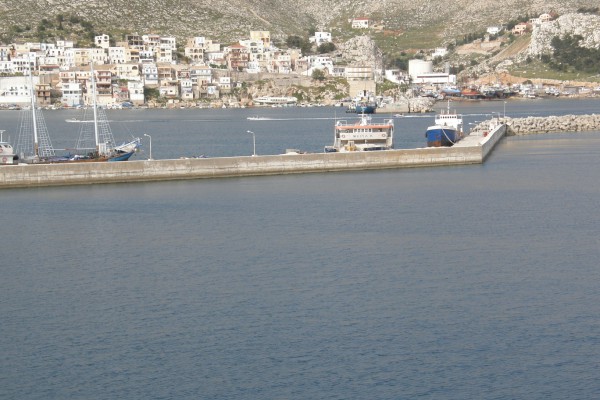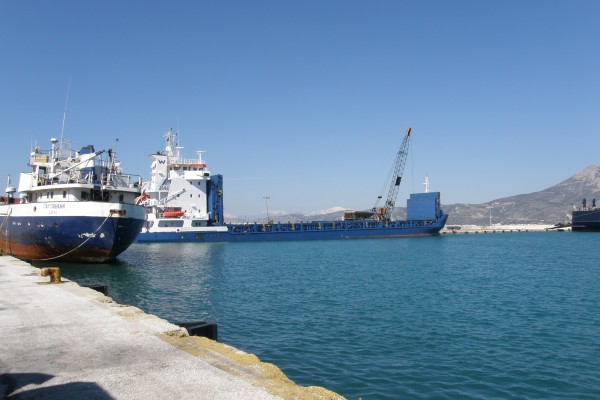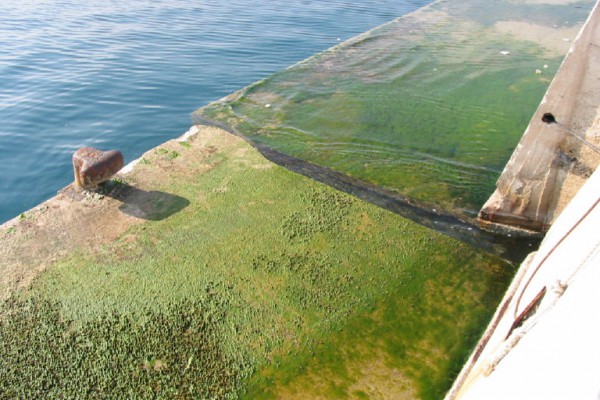Bow thruster jets against quay walls mostly create a downward flow which causes toe scour to unprotected beds. In particular, jets rotation during ship berthing creates high speed impact onto the beds. As a result, where berths are unprotected, very significant scour cavities, up to 5m deep, have been recorded in quay walls foundation. The jets produce large positive pressures and smaller areas of associated suction. The proposed repairing method should be designed accordingly to resist suction uplift forces.
Essentially the seabed in front of quay walls should be properly protected from erosion. The extent of the protection depends on many factors, but mostly on the size and power of the maximum design ship, roughness of bottom protection, clearance between the propeller and top of protection and the economy of the proposed protection.
In all cases, however, the minimum size of the proposed protection must be sufficient to protect the structure from being adversely affected by bottom erosion. Especially for gravity quay walls, it must prevent formation of substantial scour in front of the wall that can adversely affect the wall stability.
Repair work also includes the surface of the land area, behind the quay walls, which serves for the port operation.
CNWAY engineers, over the past years, have gained significant experience through their involvement in quay wall repairing projects.



